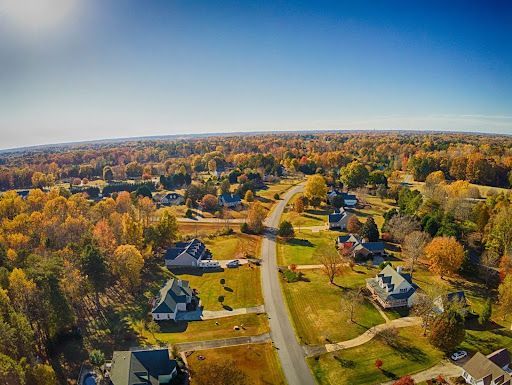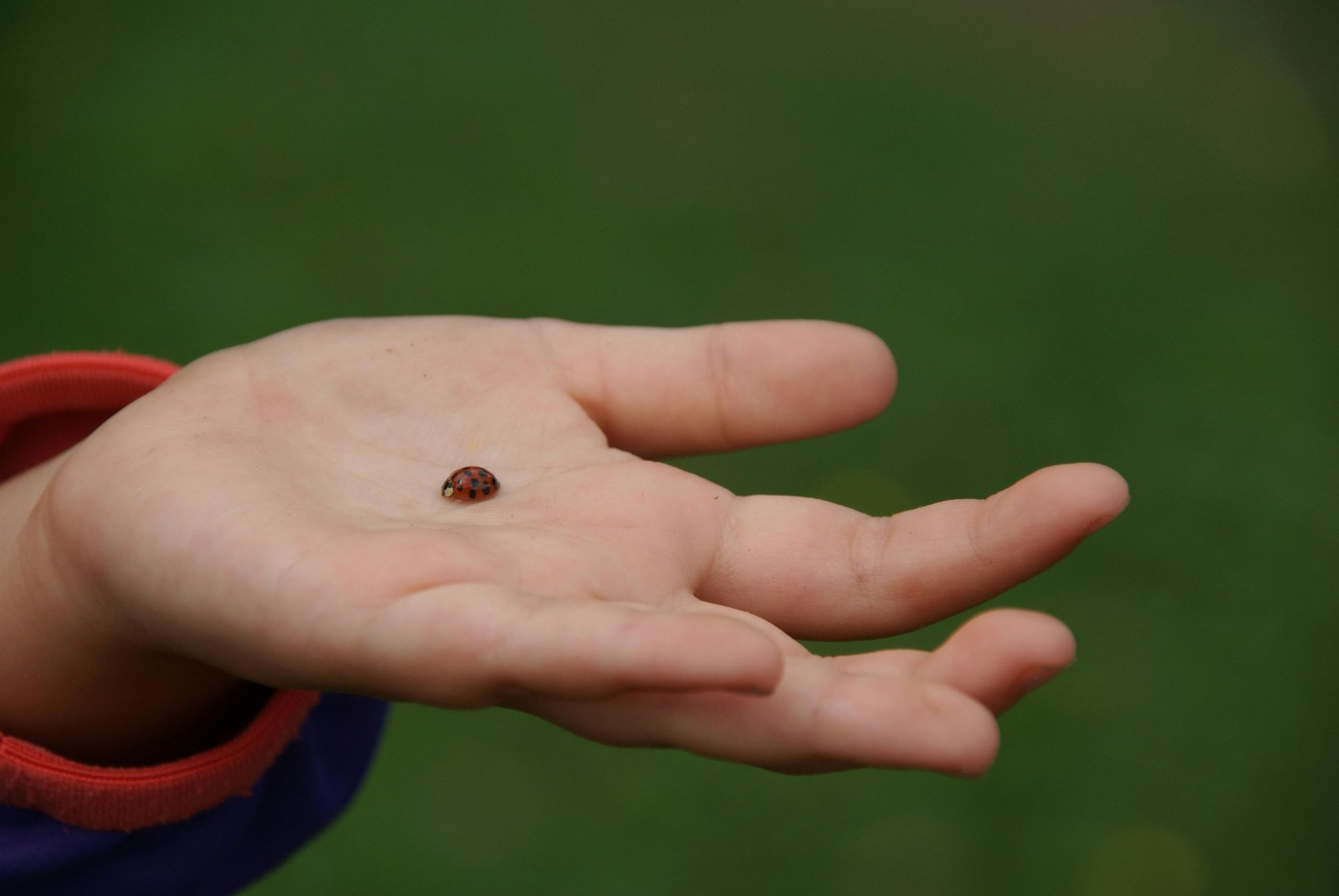How to Have a Pest-Free Home While Keeping Your Pets Safe
Maintaining a pest-free home is essential for the well-being of your family, including your beloved pets. While pests like rodents, insects, and fleas can be a nuisance, the methods used to eliminate them should not compromise the safety of your furry friends. We will explore effective strategies to keep your home free from pests while ensuring the safety and health of your pets.
Pet-Safe Pest Control
Prevention Is Key
The first step in pest control is prevention. Regularly clean your home, including pet areas, to remove food crumbs and spills that may attract pests. Seal any gaps or cracks in your home's exterior to prevent pests from entering.
Choose Pet-Friendly Products
When selecting pest control products, prioritize those that are safe for pets. Look for labels that indicate the product is non-toxic to animals. Avoid using products with harmful chemicals that can pose a risk to your pets.
Consult a Vet
If you suspect a pest infestation or plan to use pest control products, consult your veterinarian. They can provide guidance on safe and pet-friendly pest control methods. Some pets may have allergies or sensitivities to certain substances.
Pet-Friendly Pest Control Methods
Natural Repellents
Many natural substances can act as pest repellents without harming your pets. For example, using cedarwood chips or essential oils like lavender or peppermint can help deter pests like fleas and ticks.
Diatomaceous Earth
Food-grade diatomaceous earth is a safe and non-toxic substance that can be sprinkled around your home and pet areas. It works by dehydrating and killing insects like fleas, ticks, and ants while being harmless to pets.
Pet-Safe Traps
For pest control, consider using pet-safe traps instead of poisons. Glue traps, for instance, can capture rodents without posing a risk to your pets. Just be sure to place them in areas your pets can't reach.
Outdoor Pest Management
Yard Maintenance
Keep your yard well-maintained to prevent pests from entering your home. Regularly mow the grass, trim bushes, and remove debris that could provide hiding places for pests.
Pet-Friendly Fencing
Install pet-friendly fencing to keep your pets safe while preventing wildlife from entering your yard. Make sure the fence is tall enough to deter jumping animals and that there are no gaps or holes.
Pet-Safe Insect Repellents
When spending time outdoors with your pets, use pet-safe insect repellents. These products can protect your pets from pests like mosquitoes and ticks without causing harm.
Monitoring and Regular Cleaning
Regular Inspections
Regularly inspect your home and pet areas for signs of pests. Early detection allows for swift action to prevent infestations from getting out of hand.
Vacuuming
Frequently vacuum your home, especially pet areas, to remove potential food sources for pests like fleas. Dispose of the vacuum bag or clean the canister promptly to prevent pests from escaping.
Maintaining a pest-free home while keeping your pets safe is achievable with the right strategies and products. Prevention, natural repellents, and pet-safe pest control methods can help you protect your home and furry companions from pests without exposing them to harmful chemicals or risks. Outdoor pest management, regular inspections, and cleaning are essential practices to ensure a pest-free and pet-friendly environment. By following these guidelines, you can enjoy a comfortable and healthy living space for both your family and your pets.
Ready to create a pest-free environment for your pets and family? Contact our expert team today for guidance on pet-safe pest control methods and products. Keep your home and furry companions safe from pests with our assistance.




